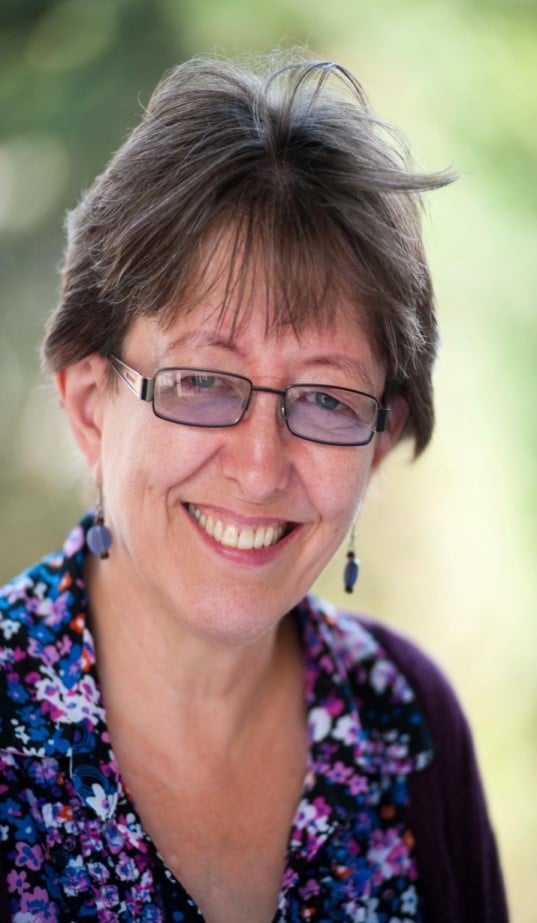MELBOURNE/BOSTON—As long as companies have been making hearing aids, the toughest and most frustrating challenge they have confronted is devising products that enable wearers to understand speech in noisy social gatherings, such as cocktail parties. While directional microphones and other technologies have helped a lot, it is still a rare hearing aid wearer who can easily engage in conversation while surrounded by dozens of people having their own conversations.
Recently, laboratories in Melbourne and Massachusetts have reported progress toward overcoming the “cocktail party” challenge.
THE SUPER-DIRECTIONAL BEAMFORMER
Researchers at the HEARing Cooperative Research Centre (HEARing CRC), the University of Melbourne, and the National Acoustic Laboratories (NAL) are working on what they call the Super‐directional Beamformer.
According to HEARing CRC, initial testing on people who wear hearing aids has shown the technology can improve speech understanding in noisy environments by up to 50%.
The Beamformer is now being evaluated, a process that involves working with a select group of people who wear hearing aids or cochlear implants to help fine-tune the beamformer’s performance with varying amounts of noise coming from different locations.
Jorge Mejia, PhD, leader of the research team, said the success of the technology is its ability to reduce unwanted noise by combining the outputs of two microphones located on each side of the head to create a super‐directional output. Mejia, co-inventor of the beamformer, explained, “This in effect creates an invisible beam in the direction the hearing aid wearer is facing while reducing noise from the side. The wearer can then steer the beam to the left or the right of the head as desired, in the direction of the person speaking.”
Richard Van Hoesel, PhD, a researcher at the University of Melbourne and co-inventor of the beamformer, said, “This technology has the potential to dramatically improve current hearing devices. Standard hearing aids work fine in quiet environments, but are not so great at letting the listener focus in on who is speaking in social situations when there is background noise.”
Harvey Dillon, PhD, the director of NAL, said of the technology, “I expect it will change the way the general population think about hearing aids. As well as directly helping the people who use this invention, the super‐hearing it offers may eliminate the stigma that some people still associate with hearing aids.”
Once the evaluation is completed, probably later this year, it will provide the information needed to incorporate the technology into commercial hearing aids and cochlear implants.
THE VISUALLY GUIDED HEARING AID
Meanwhile, researchers at the Sound Field Laboratory at Boston University’s Sargent College, are working on a somewhat different technology to overcome the “cocktail party” challenge. It’s called the “visually guided hearing aid” (VHGA).
Developed by Gerald Kidd, PhD, a psychoacoustics specialist at Sargent College, VHGA is currently a lab-based prototype. However, with further development, it may become a pair of portable hearing aid glasses.
VHGA combines two existing technologies–an eye-tracker and an acoustic beam–forming microphone array–and has them work together to counter some of the problems in typical hearing aids. Kidd believes that a visually guided hearing aid can approximate or even surpass the normal human ear’s ability to choose what sounds to tune into and what to ignore. That ability is essential for understanding the signal in a noisy environment.
Kidd, who has received funding from the National Institutes of Health, has put together a research team that includes Sylvain Favrot, a research engineer at SAR, and staff from Sensimetrics Corporation of Malden, MA.












Unfortunately in a profession that only see’s single digit growth in patient fittings for the last 20 years compared to the large growth in the over 60 demographic hearing aid manufacturers have to try different ways to take a piece of the pie. Phonak and Sonova are only looking at sales and they don’t care how they get them. Knowing there business practices they will own the Costco dispensaries soon and then all the profit leaves the country. These groups are turning the profession into a commodity, turning it from providing a professional service to buying a product. To the consumer this will mean a lack of professional service at the provider level and a slowdown in research and development at the manufacturing level. I’ve been in the industry for 30 years and when I started hearing aids were $400.00 but I’m sure glad I don’t have to sell those things again. They were $400.00 for a reason and we had a 30% success rate at best. Now my clinic sells hearing aids from $1200.00 to $3500.00, we have a 90% success rate and there is a big difference between the two and I have the stats to back it up! I blame the consumer. The North American attitude is that they want more for less but less means less. I tried to buy a solid wood desk last year and I went to what use to be a high end furniture shop in my hometown. I spoke to the salesman and he said they employed craftsman in the past that made beautiful pieces but they had to lay them off. He told me everyone wants cheap stuff now and no one cares about quality anymore. I just saw a girl today that I’ve seen since she was 5 with downs syndrome, she’s 30 now. I don’t have the heart to say to her and her family that I’ve sold my practice and that I’m tired of all of this. Good luck to everyone involved…….